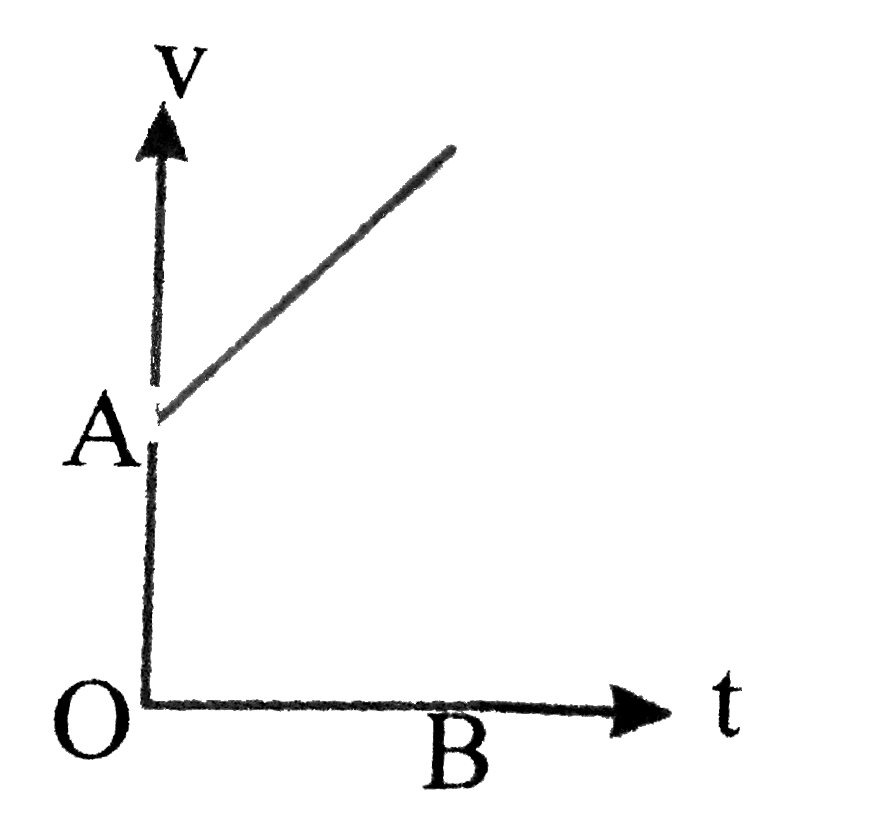If a quantity B is a part of another quantity A, then A can be written as the sum of B and some third quanrity C.
The correct Answer is:1
Since, it is one of the Euclid's axioms.
Topper's Solved these Questions
Similar Questions
Knowledge Check
- Question 1 - Select One
The question given below consist of an assertion and the reason . Use the following key to choose appropriate answer:
Assertion : We cannot divided a vector quantity by another vector quantity.
Reason : we can divide a vector quantity by a scalar quantity .AIf both assertion and reason are correct and reason is a correct explanation of the assertionBIf both assertion and reason are correct but reason is not the correct explanation of assertion .CIf assertion is correct but reason is incorrect .
(d) If assertion is incorrect but reason is correct .DIf assertion is incorrect but reason is correct - Question 2 - Select One
The variation of quantity A with quantity B, plotted in the figure , describes the motion of a particle in a straight line.
 AQuantity B may represent time.BQuantity A is velocity if motion is uniformCQunatity A is displacement if motion is unifromDQuantity A is velocity if motion in unifromly
AQuantity B may represent time.BQuantity A is velocity if motion is uniformCQunatity A is displacement if motion is unifromDQuantity A is velocity if motion in unifromly - Question 3 - Select One
A, B and C entered into a partnership. A invested Rs.3000 at the start. B invested 3313% more than the invested by A and C invested the average of the investment made by A and B. After 4 months. A withdraw 40% of his amount, B doubled his amount and C increased his amount by 20% After another 5 months, B got away from partnership and A double his amount while C maintained his amount. Profit at the end of year was Rs.677000 and profit was shared in the ratio of their investment and time.
Quantity I: Profit earned by C.
Quantity II: Average of profit earned by A, B and C together.
Quantity II: Average of profit earned by A, B and C together. (a) Quantity I > Quantity II (b) Quantity I < Quantity II (c) Quantity I ≥ Quantity II (d) Quantity I ≤ Quantity IIAQuantity I > Quantity IIBQuantity I < Quantity IICQuantity I ≥ Quantity IIDQuantity I ≤ Quantity II
The dimensional formula of a phsical quantity x is [M1L2T−2] and that of another quantity y is [M1L1T−1] . If a third quantity z is directly proportionla to the square of y and inversely proportional to x then find the dimensional formula of z .
View SolutionFinding how much per cent one quantity is of another quantity
View SolutionAssertion : All physical quantities can be represented dimensionally in terms of the base quantities.
Reason : A base quantity cannot be represented dimensionally in terms of remaining base quantities.View Solution
The variation of quantity A with quantity B. plotted in the fig. Describes the motion of a particle in a straight line.
(a) Quantity B may represent time.
(b) Quantity A is velocity if motion is uniform.
(c) Quantity A is displacement if motion is uniform
(d) Quantity A is velocity if motion is uniformly accelerated.View SolutionIf n arithmetic means are inserted between two quantities a and b , then their sum is equal to :
View Solution

